#california plants
Text
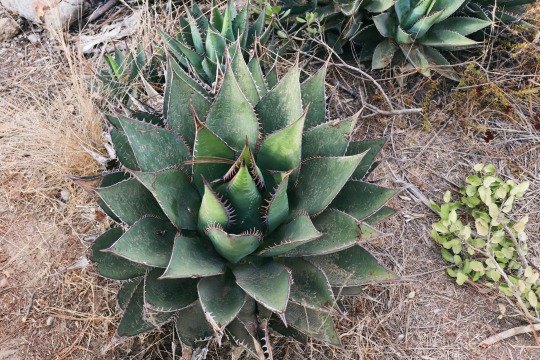
On a hike in California, 2017
#succulent#california plants#nature#california flora#flora#plant photography#green#boho#dreamerlaura#sommerlanding
67 notes
·
View notes
Text
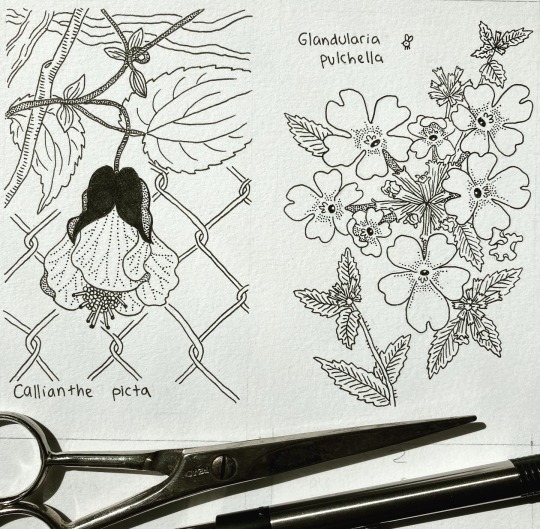

Workin on a new zine 🌾 California pollen!
#illustration#my work#drawing#art#sketchbook#stippling#natural history#botanical illustration#biodiversity library#botany#zine#minizine#zine in progress#botany zine#plant zine#plants#California plants#California#Bay Area botany
82 notes
·
View notes
Text
Soft Bird's-Beak
Chloropyron molle ssp. molle
An annual herb native to California, USA. Federally classified as endangered
this piece of digital art was created by a person with myalgic encephalomyelitis (me/cfs), a debilitating, complex, and stigmatized condition that has affected many millions of people across the globe.
similar to endangered plants, such as this soft Bird's-Beak, people with me/CFS are often overlooked and our absences unnoticed. you can help, in both instances, through learning about these problems and their contributing factors (from quality sources, of course), amplifying knowledgeable voices, spreading awareness, and donating to trustworthy organizations (if you have the means).
Campaign collaboration with @ellie.is.beyond.tired and @chaisorrowscfs #millionsmissingflowers #togetherendangered

#millionsmissingflowers#togetherendangered#mecfs#cfs#Chloropyron molle#Chloropyron molle ssp. molle#soft birds beak#endangered plant#me/cfs#chronic fatigue syndrome#chronic illness#cfsme#awareness#digital art#California plants#plants#health
3 notes
·
View notes
Text
Planting the seeds of knowledge-California Plants: A Guide to Our Iconic Flora
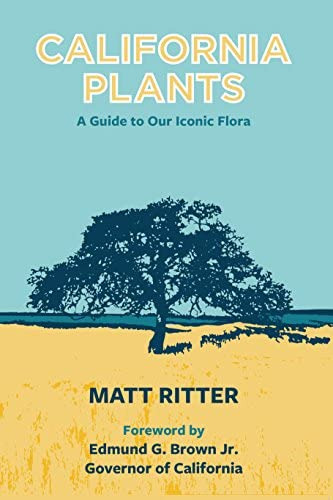
This is my first nonfiction read of 2023! This review will be a bit different since there really is no plot to this book. It's exactly as it sounds: a guide to California plants.
The book is filled with breathtaking photos of plants found in various environments, such as grasslands, coastal scrubs, and deserts. In addition, it included a section on invasive plants.
This guide is great! It has simple information on the various plants- distribution, what it looks like, etc. If you're an expert botanist, this guide will be a bit basic, but I enjoyed it immensely. I have a degree in environmental science, and one of my major projects involved conducting a botanical survey and plant identification was key. So this book was wonderful in helping me refresh my plant knowledge.
I highly recommend this guide if you want to know more about California plants. 5/5.
#california plants#plant guide#kierra's reads#bookblr#matt ritter#california flora#environmental science#botany#science
5 notes
·
View notes
Text
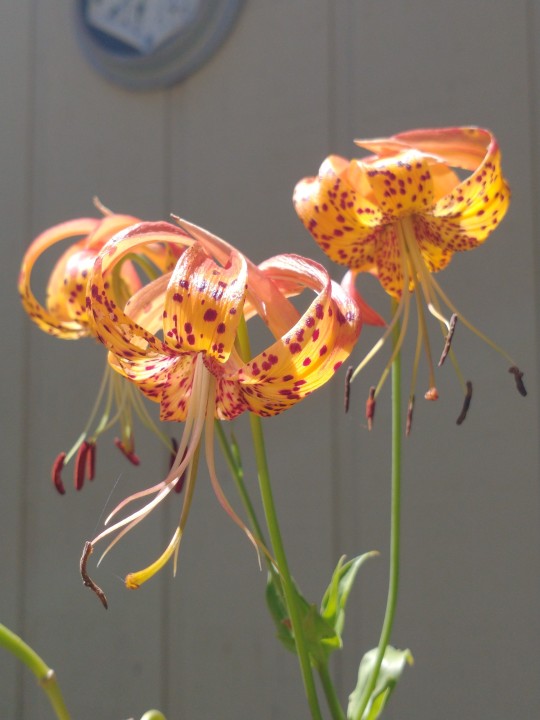
Lilium pardalinum
California Tiger Lily
#tiger lily#lilium pardalinum#california plants#california native plants#lillies#native lillies#native bulbs#california tiger lily#lilium#my plants#my pics#wildflowers#california wildflowers
7 notes
·
View notes
Text
Ancient redwoods recover from fire by sprouting 1000-year-old buds
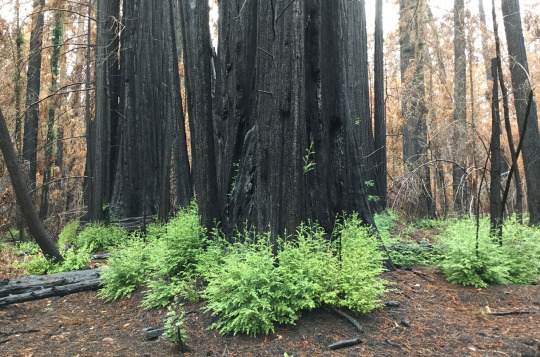
Article | Paywall free
When lightning ignited fires around California’s Big Basin Redwoods State Park north of Santa Cruz in August 2020, the blaze spread quickly. Redwoods naturally resist burning, but this time flames shot through the canopies of 100-meter-tall trees, incinerating the needles. “It was shocking,” says Drew Peltier, a tree ecophysiologist at Northern Arizona University. “It really seemed like most of the trees were going to die.”
Yet many of them lived. In a paper published yesterday in Nature Plants, Peltier and his colleagues help explain why: The charred survivors, despite being defoliated [aka losing all their needles], mobilized long-held energy reserves—sugars that had been made from sunlight decades earlier—and poured them into buds that had been lying dormant under the bark for centuries.
“This is one of those papers that challenges our previous knowledge on tree growth,” says Adrian Rocha, an ecosystem ecologist at the University of Notre Dame. “It is amazing to learn that carbon taken up decades ago can be used to sustain its growth into the future.” The findings suggest redwoods have the tools to cope with catastrophic fires driven by climate change, Rocha says. Still, it’s unclear whether the trees could withstand the regular infernos that might occur under a warmer climate regime.
Mild fires strike coastal redwood forests about every decade. The giant trees resist burning thanks to the bark, up to about 30 centimeters thick at the base, which contains tannic acids that retard flames. Their branches and needles are normally beyond the reach of flames that consume vegetation on the ground. But the fire in 2020 was so intense that even the uppermost branches of many trees burned and their ability to photosynthesize went up in smoke along with their pine needles.
Trees photosynthesize to create sugars and other carbohydrates, which provide the energy they need to grow and repair tissue. Trees do store some of this energy, which they can call on during a drought or after a fire. Still, scientists weren’t sure these reserves would prove enough for the burned trees of Big Basin.
Visiting the forest a few months after the fire, Peltier and his colleagues found fresh growth emerging from blackened trunks. They knew that shorter lived trees can store sugars for several years. Because redwoods can live for more than 2000 years, the researchers wondered whether the trees were drawing on much older energy reserves to grow the sprouts.
Average age is only part of the story. The mix of carbohydrates also contained some carbon that was much older. The way trees store their sugar is like refueling a car, Peltier says. Most of the gasoline was added recently, but the tank never runs completely dry and so a few molecules from the very first fill-up remain. Based on the age and mass of the trees and their normal rate of photosynthesis, Peltier calculated that the redwoods were calling on carbohydrates photosynthesized nearly 6 decades ago—several hundred kilograms’ worth—to help the sprouts grow. “They allow these trees to be really fire-resilient because they have this big pool of old reserves to draw on,” Peltier says.
It's not just the energy reserves that are old. The sprouts were emerging from buds that began forming centuries ago. Redwoods and other tree species create budlike tissue that remains under the bark. Scientists can trace the paths of these buds, like a worm burrowing outward. In samples taken from a large redwood that had fallen after the fire, Peltier and colleagues found that many of the buds, some of which had sprouted, extended back as much as 1000 years. “That was really surprising for me,” Peltier says. “As far as I know, these are the oldest ones that have been documented.”
... “The fact that the reserves used are so old indicates that they took a long time to build up,” says Susan Trumbore, a radiocarbon expert at the Max Planck Institute for Biogeochemistry. “Redwoods are majestic organisms. One cannot help rooting for those resprouts to keep them alive in decades to come.”
-via Science, December 1, 2023
#redwoods#california#wildfire#climate change#extreme heat#natural disasters#botany#plant biology#photosynthesis#santa cruz#hopepunk#sustainability#climate hope#united states#good news#hope
11K notes
·
View notes
Photo
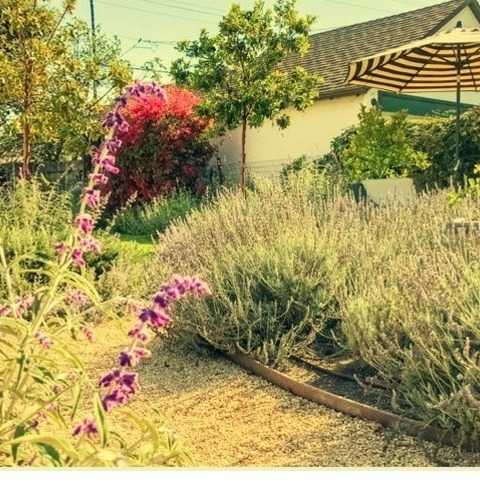
Los Angeles Landscape Flower Bed
Photo of a large mediterranean drought-tolerant and full sun backyard gravel and wood fence flower bed in spring.
0 notes
Photo
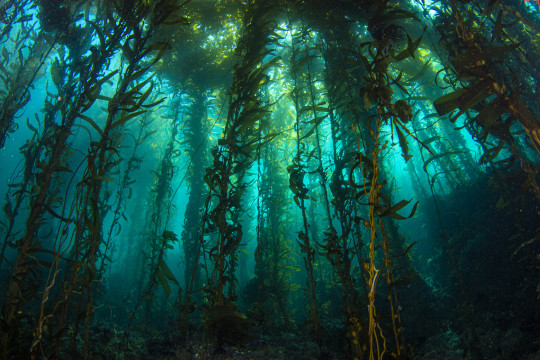
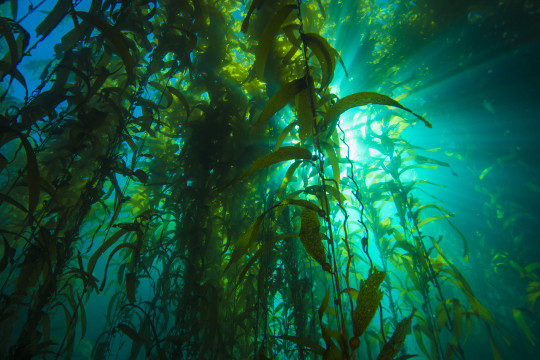
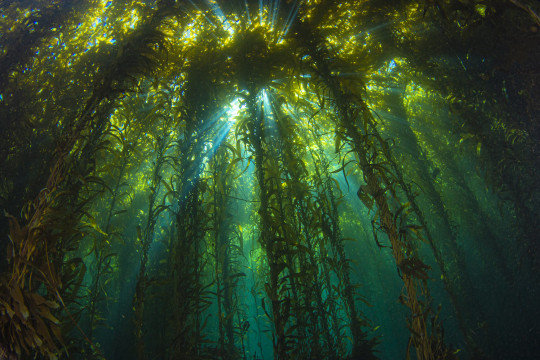
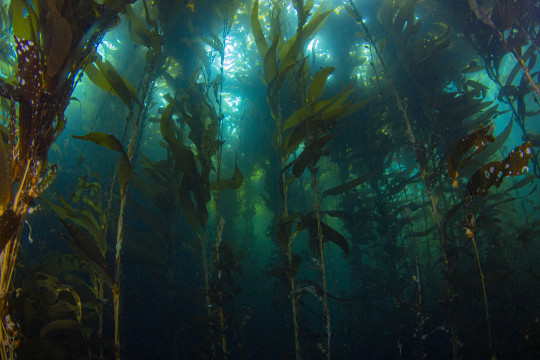


Kelp Forest by divindk
#kelp#underwater#ocean#nature#naturecore#green#glow#plants#kelp forest#california#light#forest#water#diving#landscape#curators on tumblr#uploads
21K notes
·
View notes
Photo
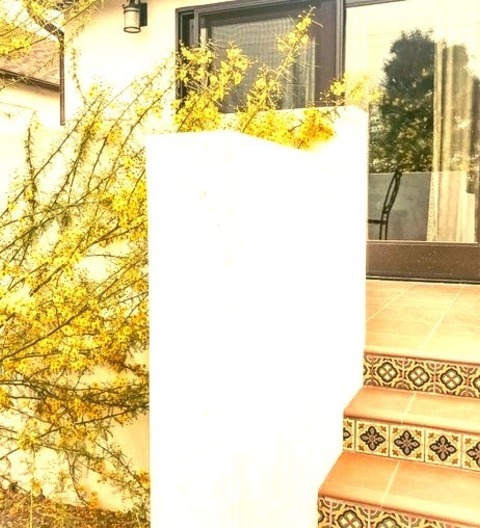
Los Angeles Mediterranean Landscape
A picture of a sizable, full-sun, Mediterranean-style flower bed in the backyard with a wood fence and gravel in the spring.
#spanish modern#california backyard#sage#greek style#california native#lawn alternative#california plants
0 notes
Text


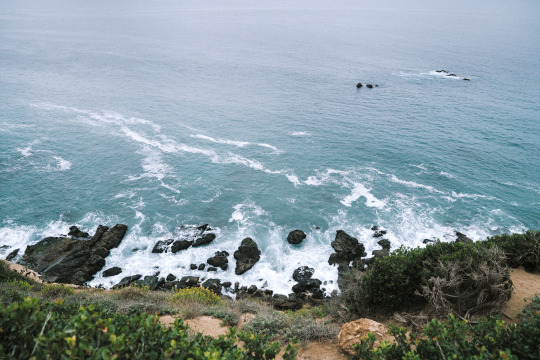
westward; point dume, california
instagram - twitter - website
#photographers on tumblr#artists on tumblr#landscape#nature#flowers#california#aesthetic#original photographers#art#moody#wildflowers#coast#ocean#blue#cliffs#summer#naturecore#travel#waves#plants#leah berman
6K notes
·
View notes
Photo
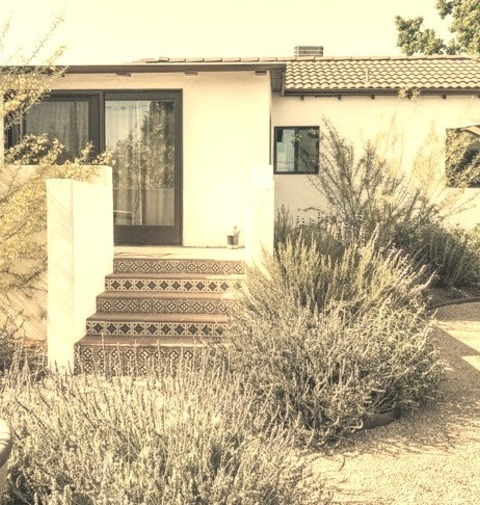
Landscape Gravel
Inspiration for a sizable, full-sun, Mediterranean-style backyard gravel flower bed with a wood fence in the spring.
#sage#california plants#edible garden#california native#wild garden#bougainvillea#mediterranean style
0 notes
Text
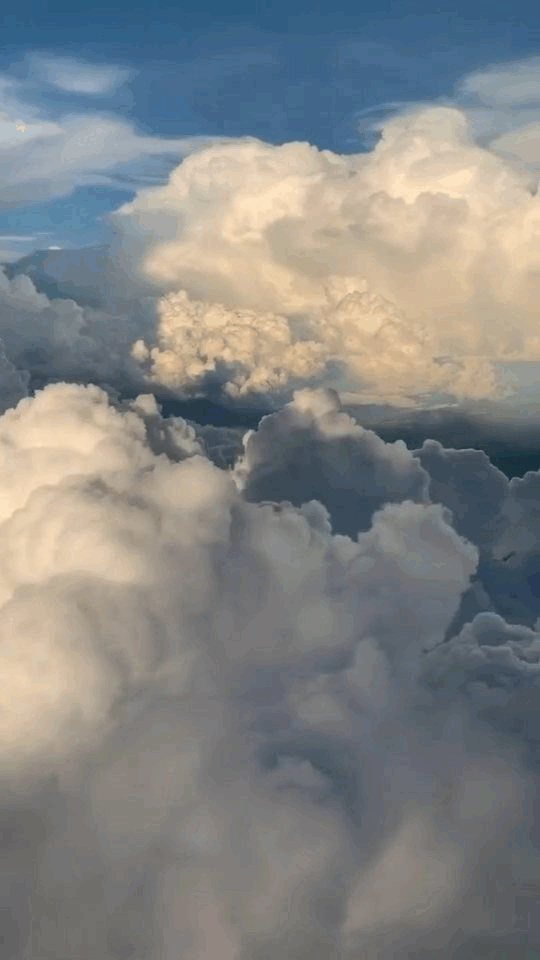
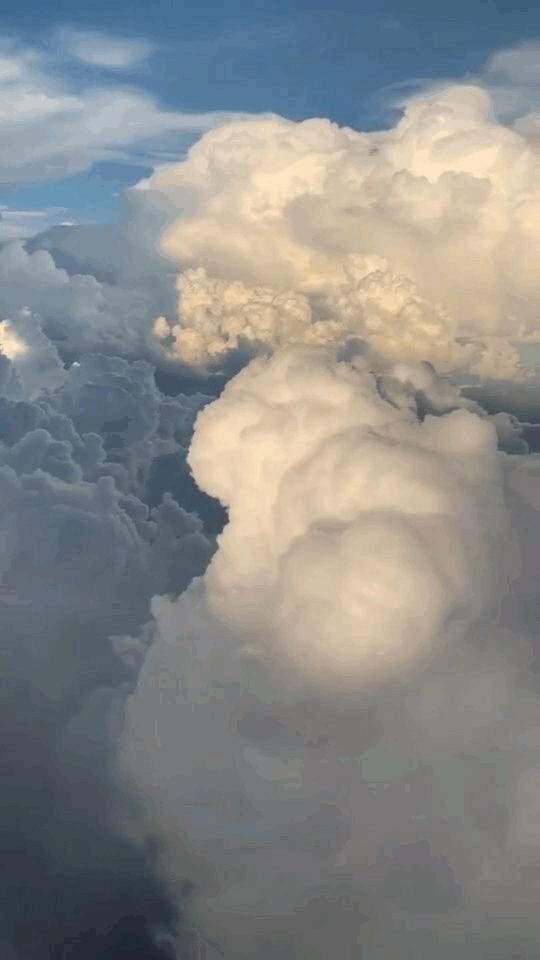
Düşünüyorum da bazen. bulutlar da ağlar mı sahiden insanlığı ölüp gitmiş şu yaşamın üstüne..
clouds full of sadness..
#photography#yörüngede#artists on tumblr#cottagecore#my photography#landscape#aesthetic#popular#flowers#travel#photographers on tumblr#nature#sunset#summer#meadow#art#original photographers#floral#wildflowers#pastel#evening#naturecore#wind#grass#california#gif#cinemagraph#plants#leah berman#curators on tumblr
1K notes
·
View notes
Text

#photographers on tumblr#artists on tumblr#landscape#flowers#flowercore#beautiful flowers#aesthetic#garden#california#pastel#nature#plants#scenery#roses#los angeles#paradise#exlore#explore#inspiration#photography#adventure#motivation#travel
2K notes
·
View notes
Text

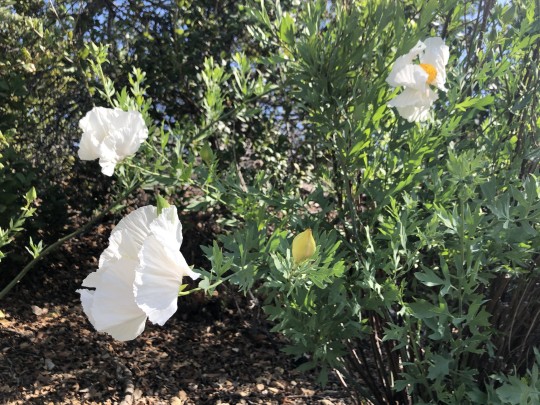

Matilija Poppies
Please don't remove credit.
Prints: Society6
0 notes
Text
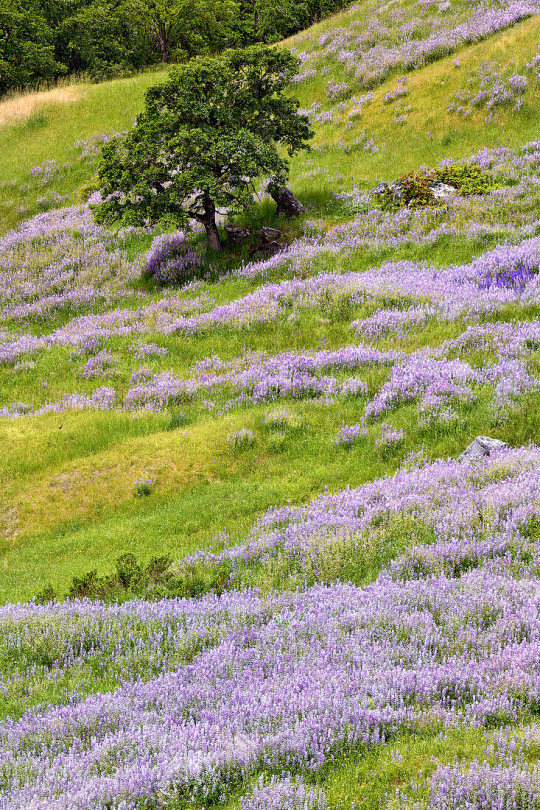
Dolason Prairie, California
#Dolason Prairie#California#photography#nature#lupines#prairie#fields#hills#flowers#wildflowers#green#plants#landscape#purple#nature photography#Aesthetic#curators on tumblr#cottagecore
4K notes
·
View notes
Text

First Salvia apiana (white sage) seedling! A friend gave me these seeds from her garden back in 2019 and I finally planted them
#native plants#california native plants#salvia apiana#california plants#desert plants#white sage#native plant propagation#salvia#my plants#my pics
3 notes
·
View notes